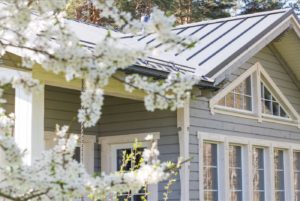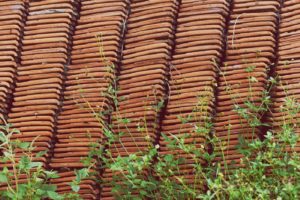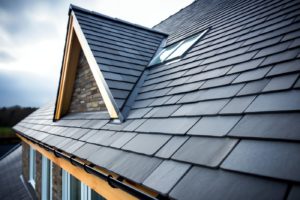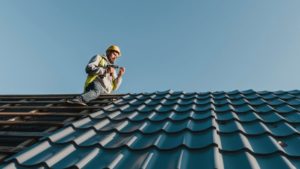Gutters are an essential part of any home, protecting it from water damage and keeping the foundation strong. However, gutters can become damaged or clogged over time, leading to potential issues. That’s why it’s important to understand the basics of gutter installation and repair. In this ultimate guide, we’ll cover everything you need to know about gutter installation and repair, including the different types of gutters, how to install them, and how to maintain and repair them.
Types of Gutters
Before we dive into the installation and repair process, it’s important to understand the different types of gutters available. The most common types of gutters are traditional, seamless, and guards.
Traditional Gutters
Traditional gutters are the most common type of gutters and are typically made of aluminum, vinyl, or steel. They come in sections joined together during installation, creating seams where water can potentially leak through. Traditional gutters are affordable and easy to install but require regular maintenance to prevent clogs and leaks.
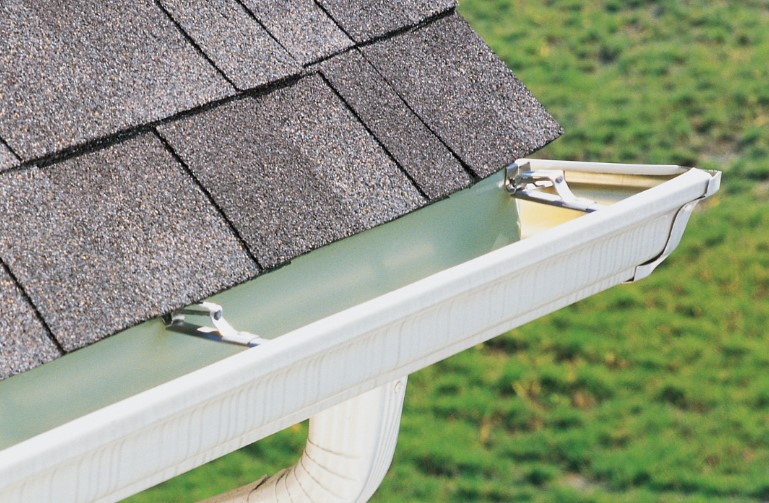
Seamless Gutters
Seamless gutters, also known as continuous gutters, are made from a single piece of material that is custom-cut to fit the length of your home. This eliminates the need for seams, reducing the risk of leaks and clogs. Seamless gutters are more expensive than traditional gutters, but they require less maintenance and can last longer.
Gutter Guards
Gutter guards are a type of cover installed over traditional or seamless gutters to prevent debris from entering and clogging the gutters. They come in various materials, including mesh, foam, and brush, and can be installed by themselves or with new gutters. Gutter guards can reduce the need for regular gutter cleaning and prevent potential damage to your gutters.
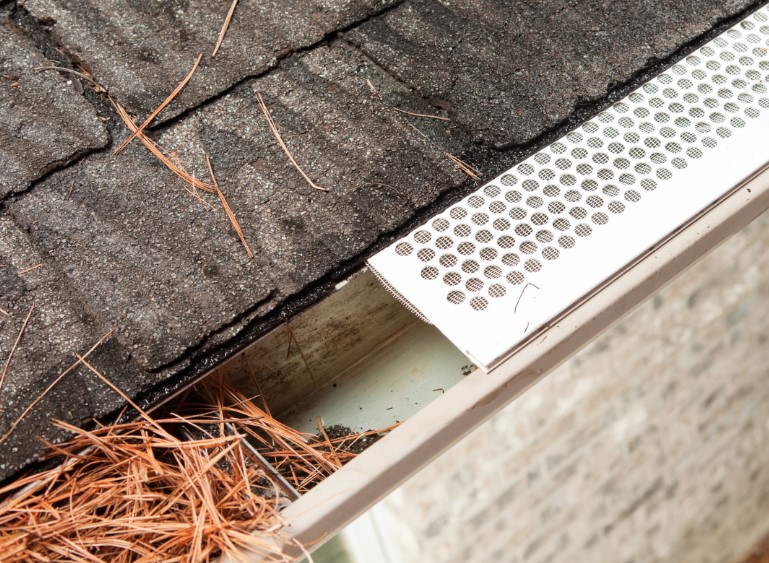
Gutter Installation
Now that you understand the different types of gutters, let’s dive into the installation process. While it’s possible to install gutters yourself, it’s recommended to hire a professional for a seamless and efficient installation.
Step 1: Measure and Plan
The first step in gutter installation is to measure the length of your roofline and determine the number of downspouts needed. It’s recommended to have one downspout for every 30-40 feet of gutter. You should also consider the slope of your roof and the direction of water flow when planning the placement of your gutters.
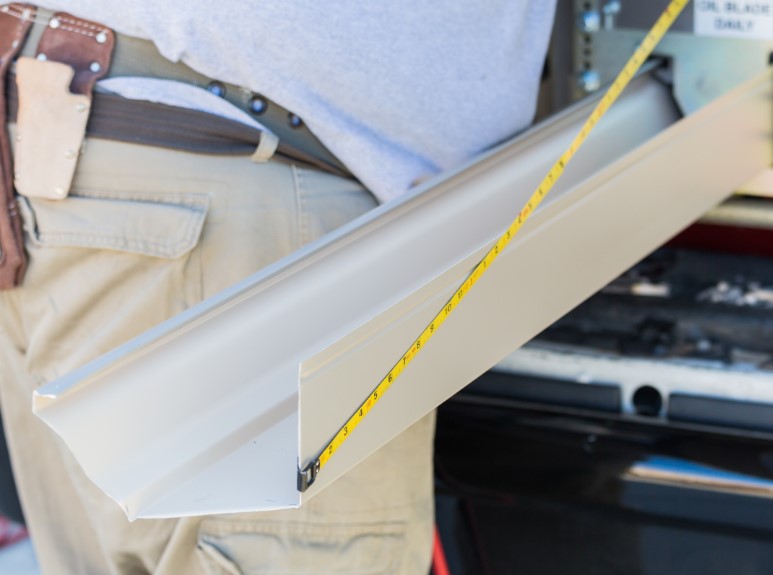
Step 2: Gather Materials
Once you have a plan, it’s time to gather the necessary materials. You’ll need gutters, downspouts, elbows, hangers, screws, and sealant. If you’re installing seamless gutters, you’ll also need a gutter machine to custom-cut the gutters to fit your roofline.
Step 3: Install Hangers
Hangers are used to attach the gutters to the roofline. They should be spaced 24-36 inches apart and secured with screws. It’s important to use hangers specifically designed for your type of gutter to ensure proper support.
Step 4: Install Gutters
Once the hangers are in place, it’s time to install the gutters. Start at one end of the roofline and work your way to the other end, securing the gutters to the hangers as you go. If you’re installing traditional gutters, you’ll need to overlap the sections and seal them with sealant. For seamless gutters, use a gutter machine to custom-cut the gutters to fit your roofline.
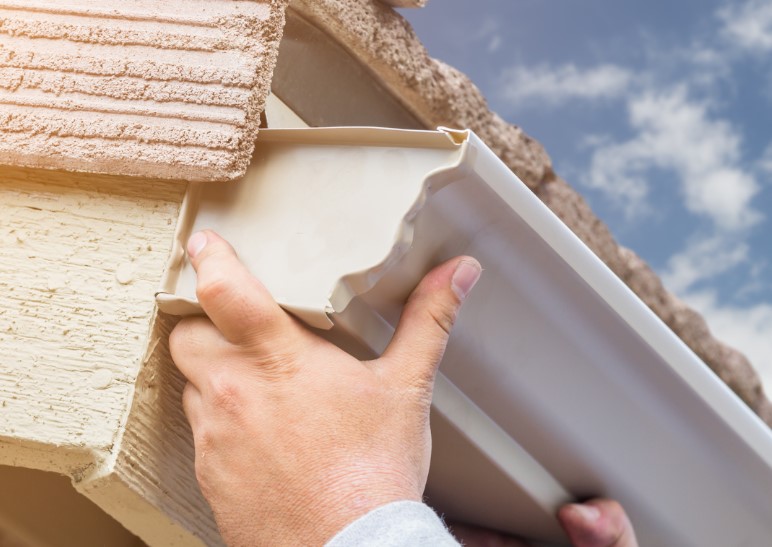
Step 5: Install Downspouts
Once the gutters are in place, it’s time to install the downspouts. Cut the downspouts to the desired length and attach them to the gutters using elbows and screws. Make sure the downspouts are angled away from the house to prevent water from pooling near the foundation.
Gutter Repair
Even with proper installation and maintenance, gutters can become damaged over time. Here are some common gutter issues and how to repair them.
Leaks
Leaks are a common issue with traditional gutters due to the seams. To repair a leak, clean the area around the leak and apply sealant. For seamless gutters, leaks can occur at the joints between the gutters and downspouts. To repair these leaks, apply a sealant to the joints.
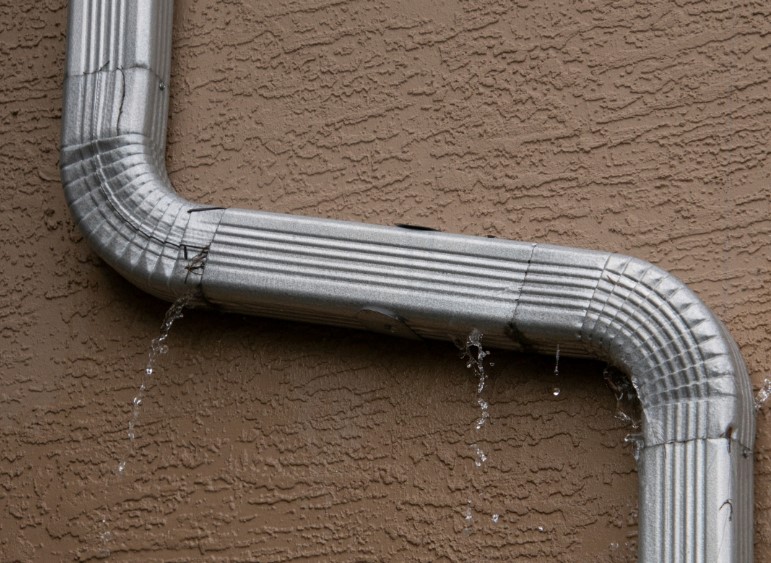
Sagging Gutters
Sagging gutters are often caused by loose or damaged hangers. To repair this issue, tighten or replace the hangers as needed. If the sagging is severe, you may need to add additional hangers for support.
Clogs
Clogged gutters can lead to water damage and even cause the gutters to pull away from the house. To prevent clogs, regularly clean your gutters and consider installing gutter guards. If your gutters are already clogged, use a gutter cleaning tool or hire a professional to clear the debris.
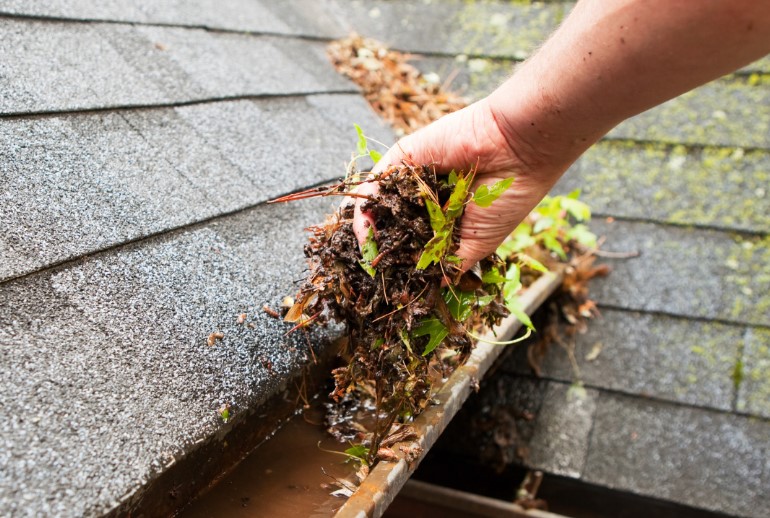
Importance of Gutter Maintenance
Proper gutter maintenance is crucial for the overall health of your home. Regular maintenance helps prevent a variety of issues that can arise from neglected gutters, such as water damage, foundation problems, and pest infestations. Here are some key reasons why gutter maintenance is essential:
Prevents Water Damage
Clogged or damaged gutters can lead to water overflow, causing water to seep into your home’s foundation, walls, and basement. This water damage can result in costly repairs and mold growth if left unchecked. Regular gutter cleaning and maintenance help ensure water is properly diverted away from your home.
Preserves the Structural Integrity of Your Home
Gutters play a vital role in directing rainwater away from your home’s foundation. If gutters are clogged or damaged, water can accumulate near the foundation, leading to cracks, erosion, and structural damage over time. By maintaining clean and functional gutters, you can preserve the structural integrity of your home.
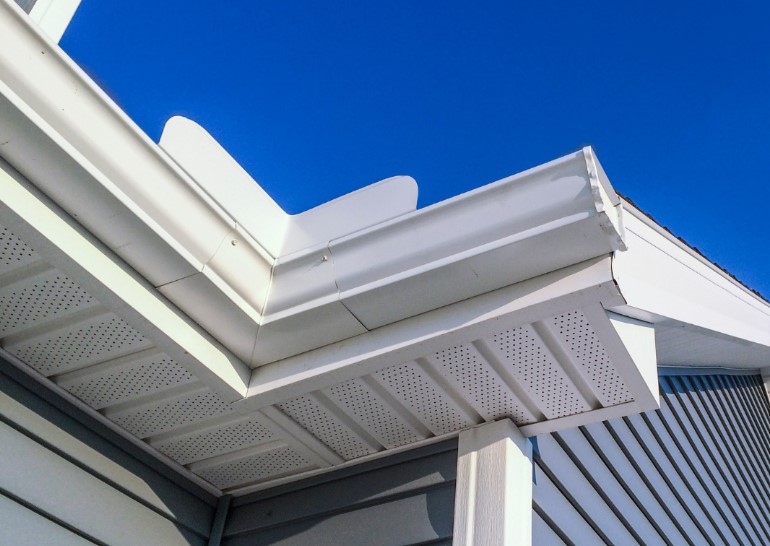
Prevents Pest Infestations
Clogged gutters filled with debris provide an ideal breeding ground for pests such as mosquitoes, rodents, and insects. Regular gutter maintenance helps eliminate these nesting areas, reducing the risk of pest infestations around your home.
Extends the Lifespan of Your Gutters
Proper maintenance not only prevents damage to your home but also extends the lifespan of your gutters. By keeping gutters clean, free of debris, and in good repair, you can ensure that they continue to effectively channel water away from your home for years to come.
Enhances Curb Appeal
Well-maintained gutters contribute to the overall appearance of your home. Clean gutters free of debris and blockages not only function better but also enhance the curb appeal of your property. Regular maintenance ensures that your gutters remain an attractive and functional feature of your home.
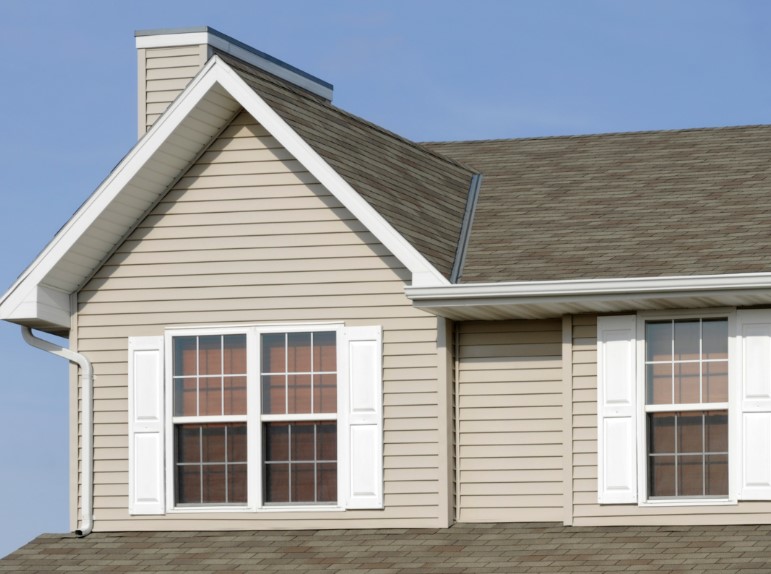
Maintenance Tips
Proper maintenance is key to keeping your gutters in good condition and preventing potential issues. Here are some tips for maintaining your gutters:
- Clean your gutters at least twice a year, in the spring and fall.
- Trim any overhanging tree branches to prevent debris from falling into the gutters.
- Check for leaks and damage regularly and repair them promptly.
- Consider installing gutter guards to reduce the need for regular cleaning.
Conclusion
Gutter installation and repair may seem like a daunting task, but with the right knowledge and tools, it can be a manageable project. Whether you’re installing new gutters or repairing existing ones, it’s important to understand the different types of gutters, the installation process, and how to maintain and repair them. By following the tips in this ultimate guide, you can ensure your gutters are in top condition and protect your home from potential water damage.


